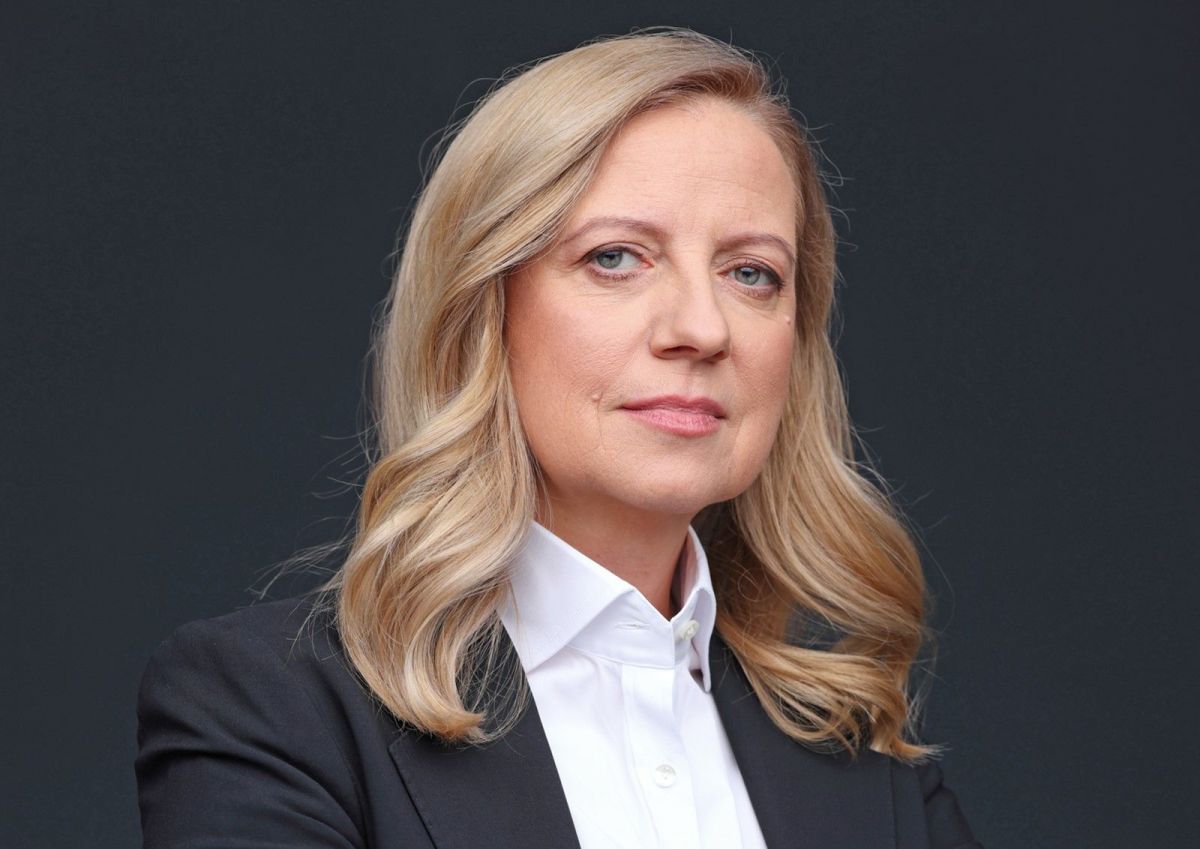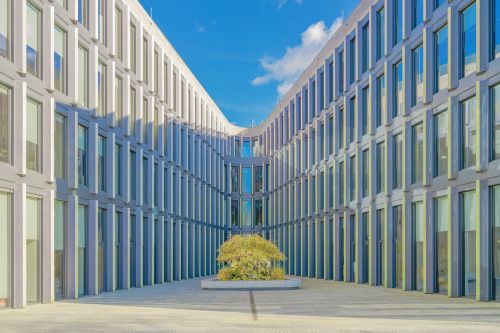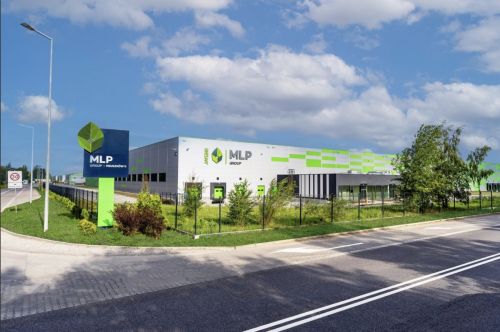Przemysław Piętak, the supply chain director at CBRE in Warsaw, points out that this is a trend that has been building up for many years, but over the last few months it has clearly become much stronger. “In 2021, the industrial space market share taken by manufacturers came to just 17 pct, but in the first half of this year it came to 27 pct,” he points out, while at the same time admitting that this is partially due to the relative decline of the e-commerce sector. “The post-Covid boom in e-commerce has since slowed down – even more so because we have returned to brick-and-mortar shopping, so the impact of large new e-commerce projects on the market has declined somewhat. However, the growing importance of industrial tenants can clearly be seen in the number of new enquiries for manufacturing centres and by the current leasing figures,” he adds.
Developers unsurprised
The growing number of commissions from manufacturers has also been noted by Pana































































